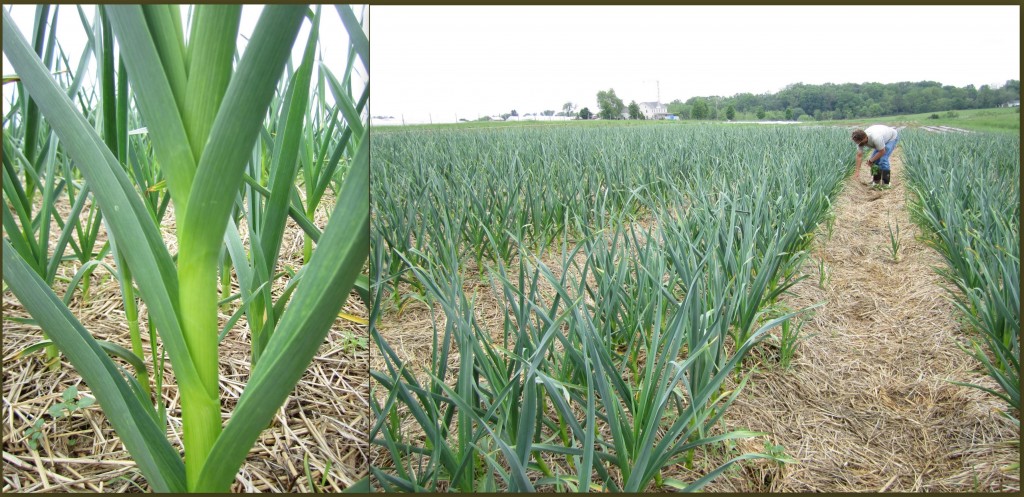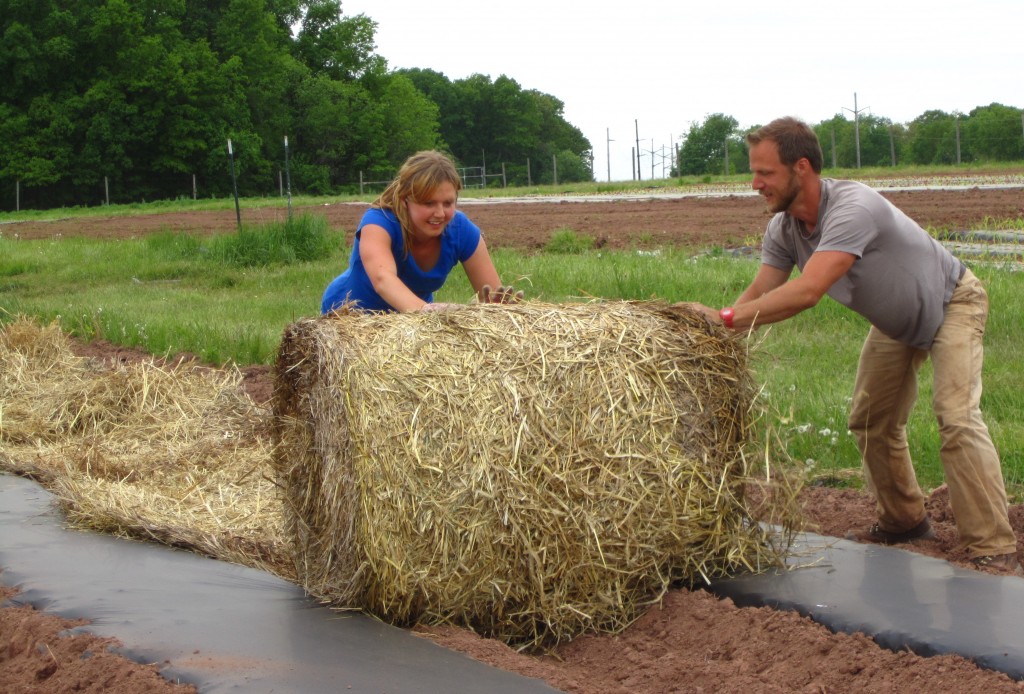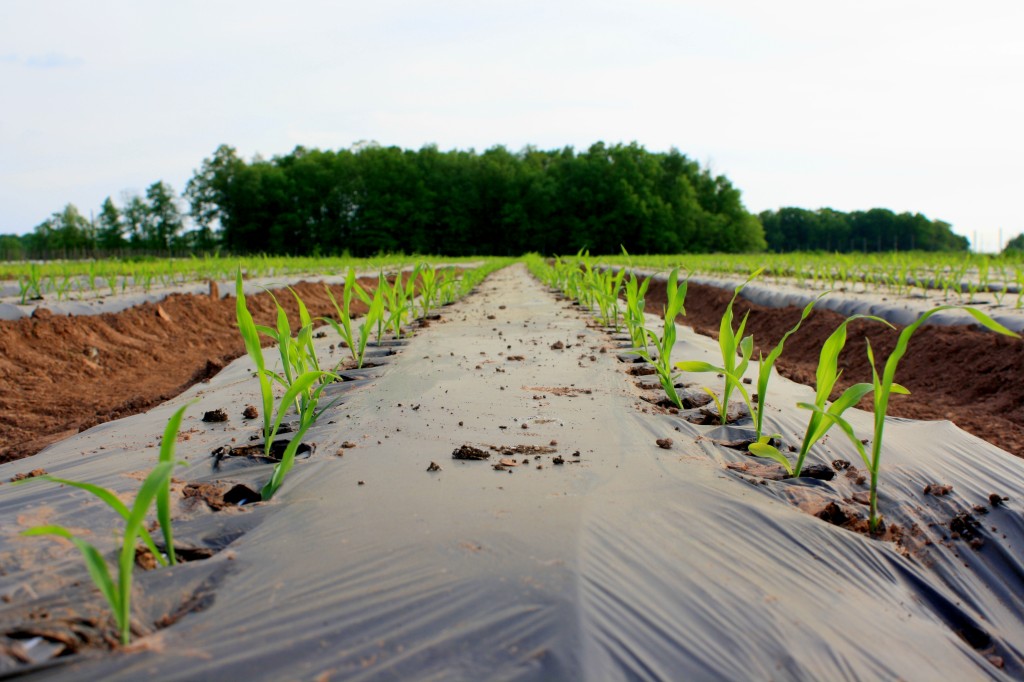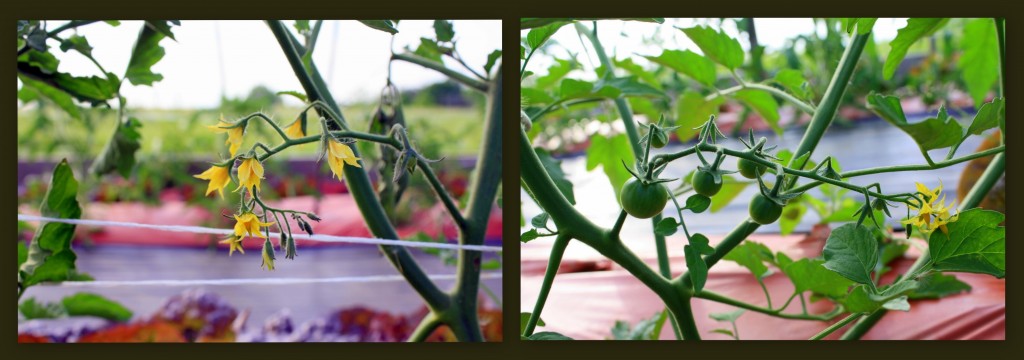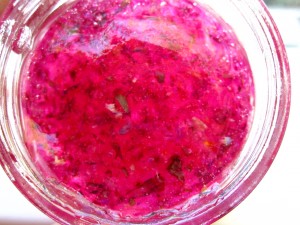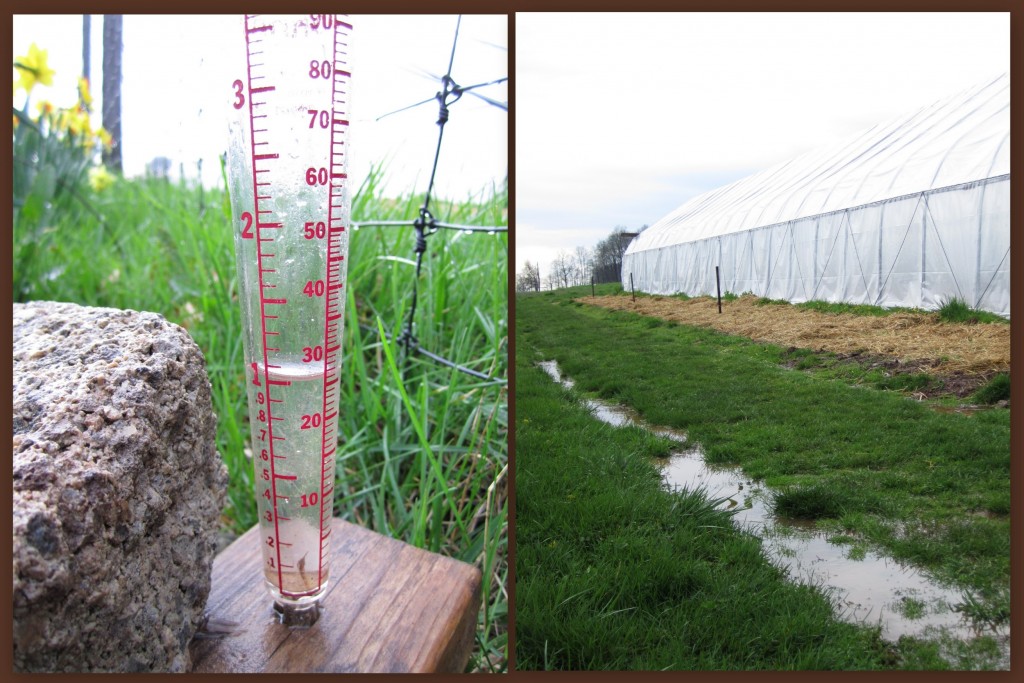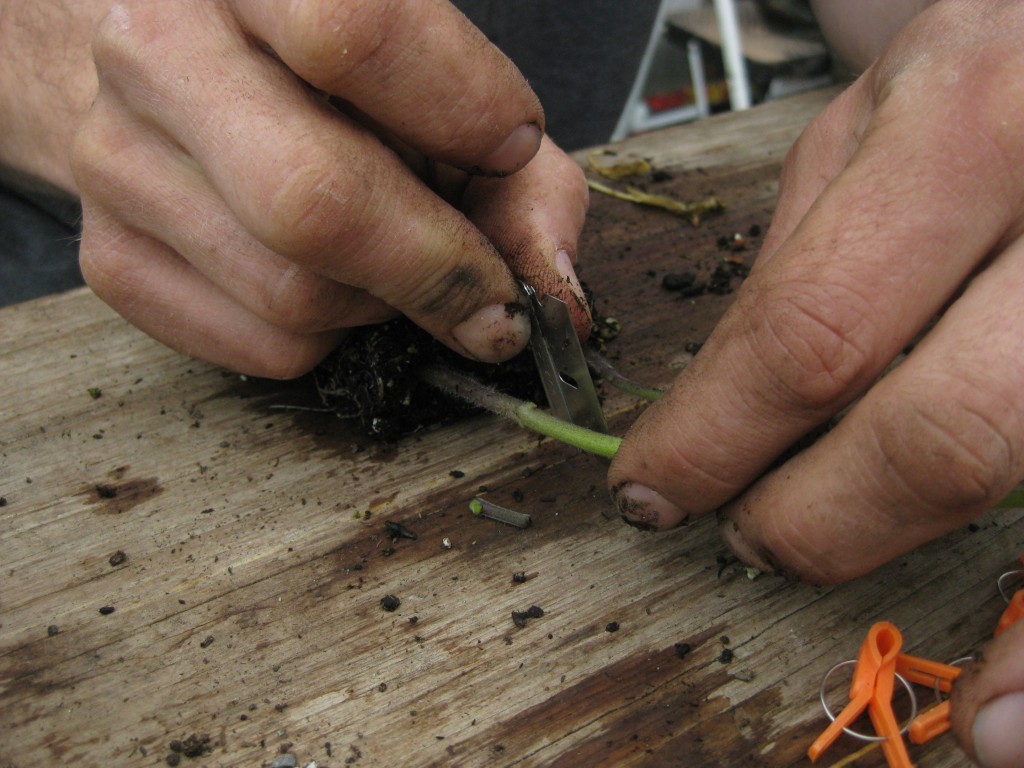23 May Cultivating Patience
On one of the few sunny days last week, on a stroll through the fields of cover crop in bloom, we were surrounded by the steady hum of honey bees buzzing from flower top to flower top.
The sugar snap peas are climbing their trellis, and the first rotation is in bloom.
The Discovery Garden is receiving lots of attention this spring, and both the perennial and annual herbs are flourishing.
The garlic crop, planted last fall and typically harvested in the beginning of July, is sizing up nicely.
And on one of the many rainy days last week, the blackberry plants went into their raised bed, above the soggy ground. Something to look forward to next season!
Before the next round of rain came, the aisles in the flower field were mulched with straw to prevent weeds growing in this pick-your-own patch over the summer. The flowers will all be planted by hand.
And as the tomato plants continue to wait in the cold frame for the fields to be dry and tillable, growing bigger and bushier in their pots, a mama robin takes advantage of the dry cozy spot. Now that certainly tells you these plants have been sitting here for too long!
Yet another rainy, cool week ahead. This is the season not only of rebirth and growth, but of cultivating patience. I love this quote from Wendell Berry: “Laugh. Laughter is immeasurable. Be joyous though you have considered all the facts.”
Photos and text by Tricia Borneman, Blooming Glen farmer and co-owner. (Photo of Tricia by Tom Murtha)








